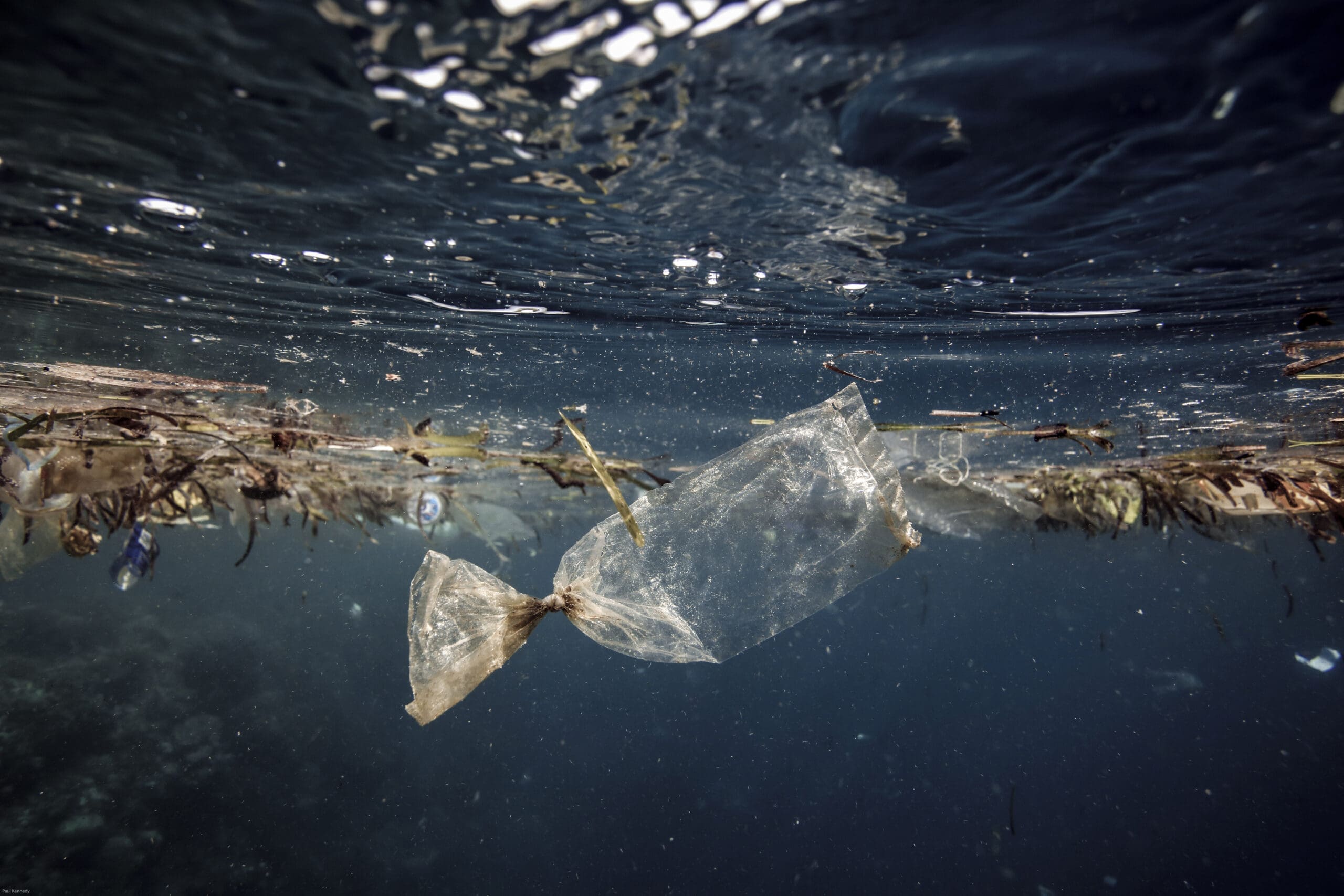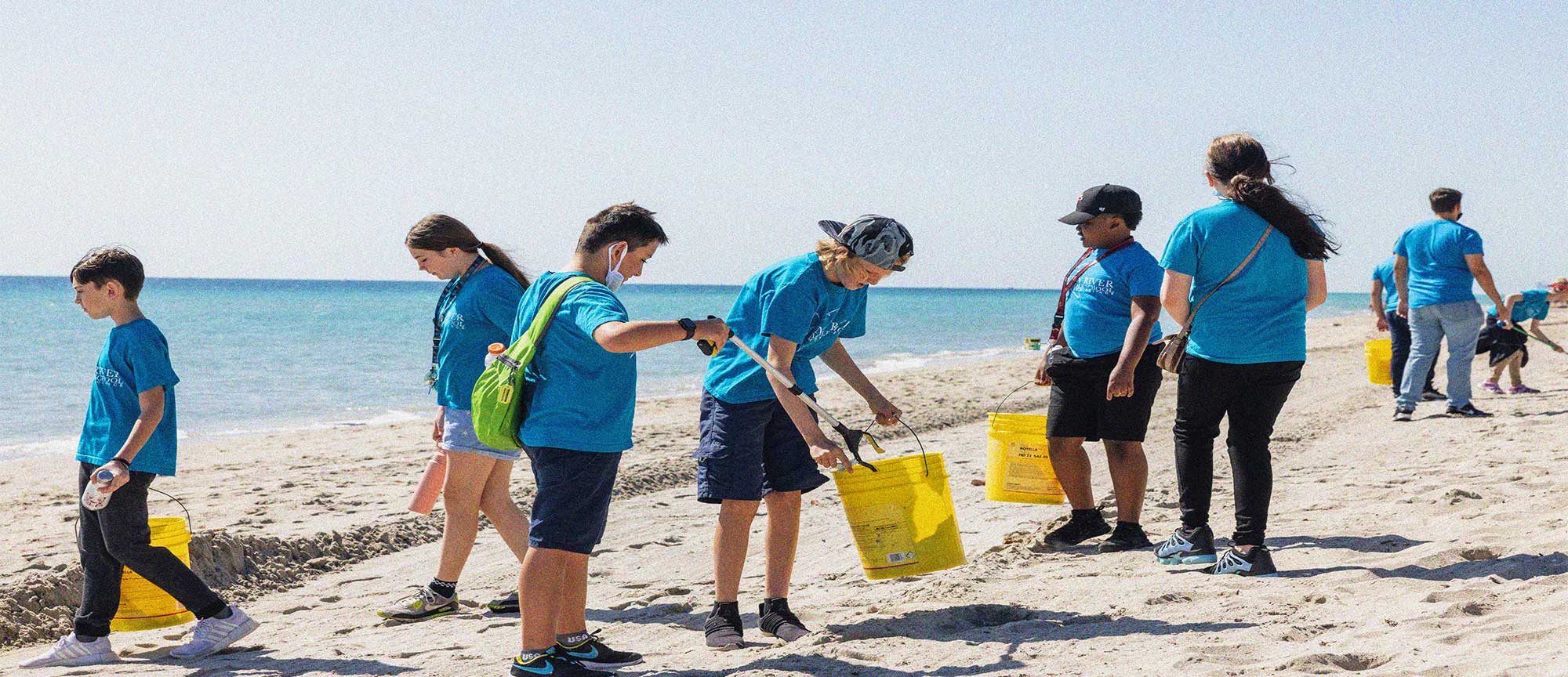According to @natgeo, the ocean has 5.25 trillion pieces of plastic debris. They report that 269,000 tons float on the surface, while some four billion plastic microfibers per square kilometer litter the deep sea.
One of the ocean’s most significant contributors to microplastics comes from synthetic textiles. The release of microplastics from synthetic clothing happens during the washing process. The washing machine causes stress on the fabric, and it releases microplastics. Choosing natural fibers like cotton, linen, and hemp when buying new clothes can help reduce the number of microplastics with each wash.
Microplastic refers to plastic particles that measure less than 5mm (0.2in). There are two basic kinds; primary and secondary.
Primary
Primary microplastics are plastic fragments or particles already 5mm in size or less before entering the environment.
Examples:
• Microbeads in shower gel
• Plastic fibers in synthetic textiles
Secondary microplastics form from the breakdown of larger plastic items. This typically happens when larger plastics undergo weathering through exposure to wind, waves, or other environmental factors.
Secondary
Examples:
• Shedding of turf
• Tires on the road
About Make Your Mark
We’re on a mission to Reimagine Waste. We create circular solutions that solve some of the world’s most pressing waste challenges. Our Make Your Mark page is designed to educate and inform those who seek to get involved by reducing consumption or recycling materials properly. We envision a world without waste, and this is our way of bringing you along.




